A Sparkling Introduction
On a sweltering summer afternoon in Tokyo, nothing beats the crisp fizz of a chilled lemon soda. While Japan is celebrated for tea, sake, and seasonal drinks, lemon soda has quietly become a favorite both nostalgic and modern. Whether sipped from a vending machine can, enjoyed in a sunlit café, or crafted at home, lemon soda is a celebration of zest, sweetness, and effervescence. Its universal appeal lies in both its simplicity and its adaptability, bridging cultures and offering a moment of refreshment that feels both familiar and new.
Enjoy your lemon soda in an authentic Japanese cup to add to the experience!
What is Lemon Soda?
Lemon soda is a carbonated beverage (tansansui, 炭酸水) made by combining lemon juice, soda water, and a sweetener such as sugar or simple syrup. Unlike still lemonade, lemon soda is defined by its lively bubbles and bright, tangy flavor. Around the world, you’ll find local twists Italy’s limonata, India’s nimbu soda, and Japan’s own remon soda all sharing the same fundamental ingredients but with unique spins.
In Japan, lemon soda is enjoyed everywhere from casual restaurants to high-end cafés, often served alongside fried dishes like tempura. The bubbles help cleanse the palate, much like green tea after a sushi meal, making lemon soda a versatile and refreshing companion.
Lemon Soda Around the World
- Italy: Limonata is made with lemon syrup and sparkling water, often served as a non-alcoholic aperitif or in cocktails.
- India: Nimbu soda (or lemon soda) is a street-side staple, often customized with salt, sugar, masalas, or mint.
- Japan: Remon soda is a popular summer drink, found in vending machines and izakayas, and sometimes crafted with yuzu or other local citrus for a Japanese twist.
Ingredients and Flavor Variations
Basic Ingredients
- Fresh lemon juice (for brightness and tang)
- Simple syrup or sugar (for sweetness; lemon-infused syrup adds extra zest)
- Club soda, soda water, or sparkling water (for bubbles)
- Ice cubes (for chill and dilution)
Optional Add-Ins
- Pinch of salt (for balance; shio remon soda)
- Fresh mint leaves (for a cooling, herbal note)
- Ginger slices or juice (for a spicy undertone)
- Black salt or chat masala (for a tangy, Indian-style twist)
- Grenadine syrup (for a pink hue and subtle sweetness)
- Fruit purees (like strawberry or yuzu, for seasonal flavor)
Experiment with these additions to create your own signature lemon soda, or draw inspiration from global favorites.

How to Make Lemon Soda at Home
- Squeeze fresh lemon juice using a citrus squeezer for maximum yield.
- Prepare simple syrup: Combine equal parts sugar and water, heat until dissolved, then cool. For extra flavor, infuse with lemon zest.
- Fill a tall glass with ice cubes.
- Pour in the lemon juice and syrup, adjusting amounts to taste.
- Top with club soda or sparkling water. Stir gently to combine, preserving the bubbles.
- Garnish with a lemon slice, mint sprig, or even a twist of zest.
Popular Lemon Soda Variations
- Mint Lemon Soda: Add muddled mint leaves for a cooling, herbal lift.
- Sweet & Salt Lemon Soda: Balance sugar and salt for a complex, thirst-quenching flavor.
- Masala Lemon Soda: Sprinkle in chat masala, black salt, and roasted cumin for a tangy, spicy Indian version.
- Pink Lemon Soda: Add a splash of grenadine syrup for color and a hint of berry sweetness.
- Spicy Lemon Soda: Muddle ginger or even a slice of green chili for a fiery, palate-awakening drink.
- Sweet Lime Soda: Substitute lime for lemon for a milder, fragrant twist.
- Italian Limonata: Use lemon simple syrup and sparkling water for a European-style refresher.
- Remon Punchi (レモンパンチ): A festive Japanese punch made with lemon soda, fruit, and sometimes sake for gatherings.
Serving, Storage, and Tableware Tips
Serving Suggestions
- Use handblown glasses or rustic ceramic tumblers for a tactile and visual treat.
- Chill the glass before serving for extra refreshment.
- Garnish with a lemon slice or mint sprig for a café-style finish.
- For parties, set up a DIY lemon soda bar with syrups, garnishes, and artisan tableware, let guests mix their own drinks.
Storage
- Simple syrup can be made in advance and refrigerated for up to two weeks.
- Fresh lemon juice is best used immediately, but can be stored in the fridge for a day.
- Always add soda water just before serving to keep the drink fizzy.
- If making for a crowd, mix lemon juice and syrup, then add soda at the last moment.

Frequently Asked Questions
Is lemon soda healthy?
Lemon soda offers vitamin C and hydration, but watch the sugar content. For a lighter drink, reduce syrup or try a natural sweetener.
Can I make lemon soda without soda water?
Yes, substitute with still water for lemonade, or use sparkling mineral water for a subtler fizz.
Does lemon soda help with digestion?
Many enjoy lemon soda after heavy meals. The combination of citrus and carbonation can feel refreshing, though effects vary by individual.
What’s the difference between club soda, soda water, and seltzer?
All are carbonated, but club soda often includes added minerals for a slightly different taste.
How can I adjust the flavor?
Taste as you go! Add more syrup for sweetness, more lemon for tartness, or a pinch of salt for balance.
Expert Tips and Troubleshooting
- Always use freshly squeezed lemon juice for the brightest flavor.
- Chill your glass before serving for extra crispness.
- Add soda last and stir gently to maximize bubbles.
- If the drink is too bitter, add a bit more syrup. If too sweet, add more lemon juice.
- For gatherings, prepare syrups ahead and let guests customize their drinks—a fun, interactive experience.

Conclusion: A Simple Pleasure, Elevated
Lemon soda is a bridge between cultures, a symbol of refreshment, and a canvas for personal creativity. Whether enjoyed plain, salted, or dressed up with herbs and spices, it’s a reminder that simple pleasures are often the most satisfying.
In Japan, even everyday beverages are elevated by beautiful tableware. Next time you pour a sparkling glass of lemon soda, reach for a handcrafted Japanese glass or ceramic cup. It’s a small gesture that transforms refreshment into a mindful, artful ritual.


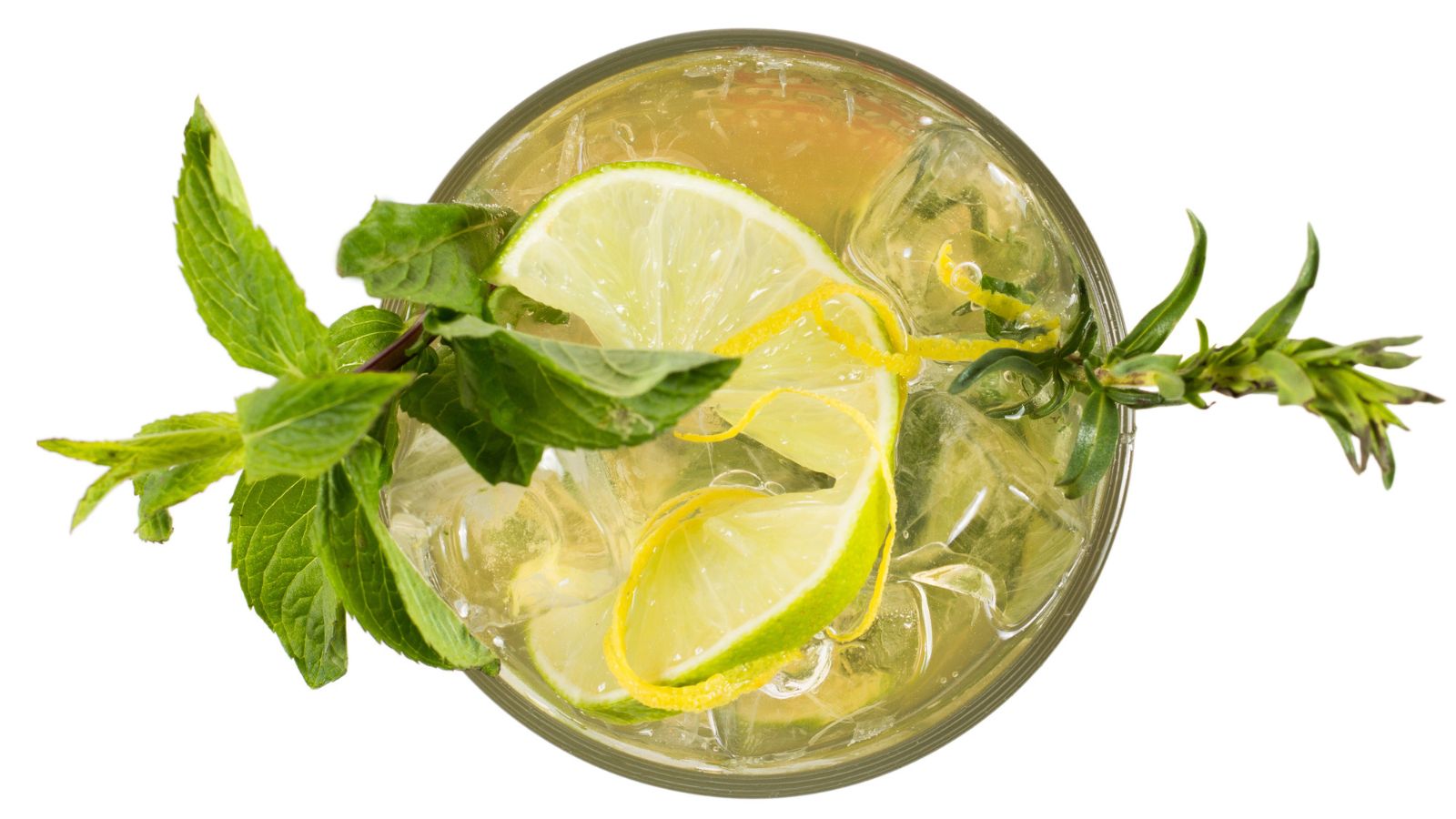

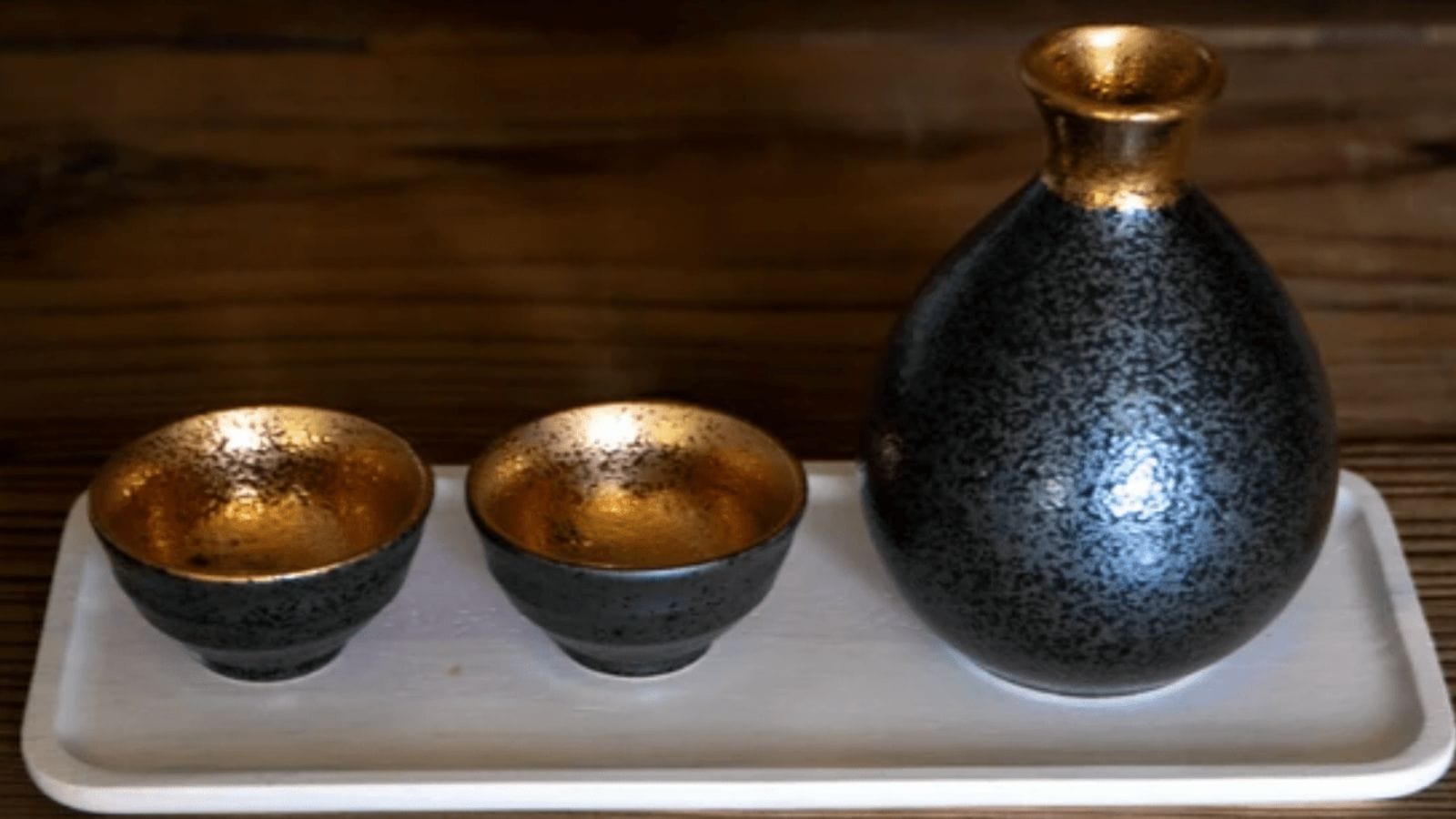
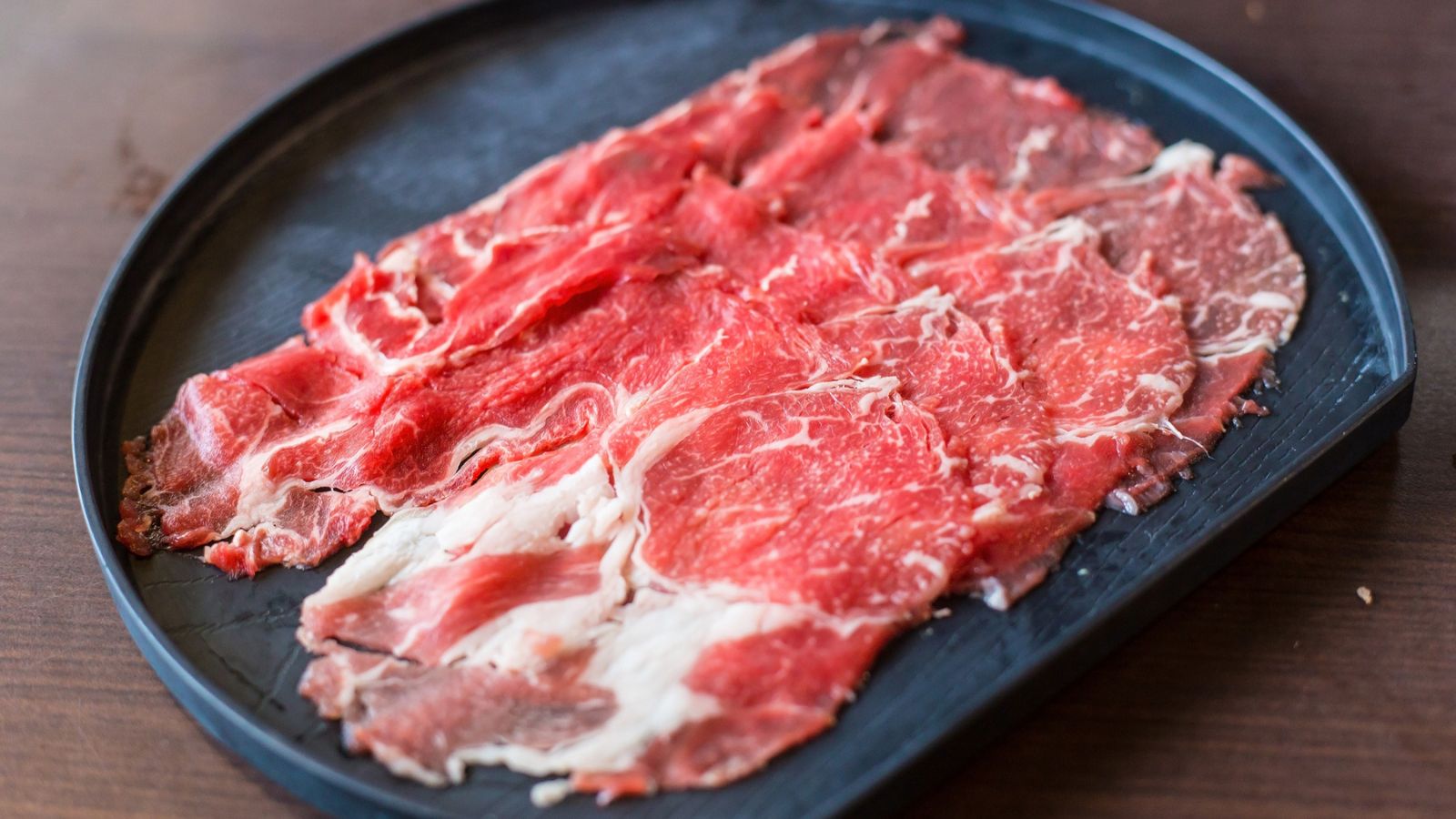
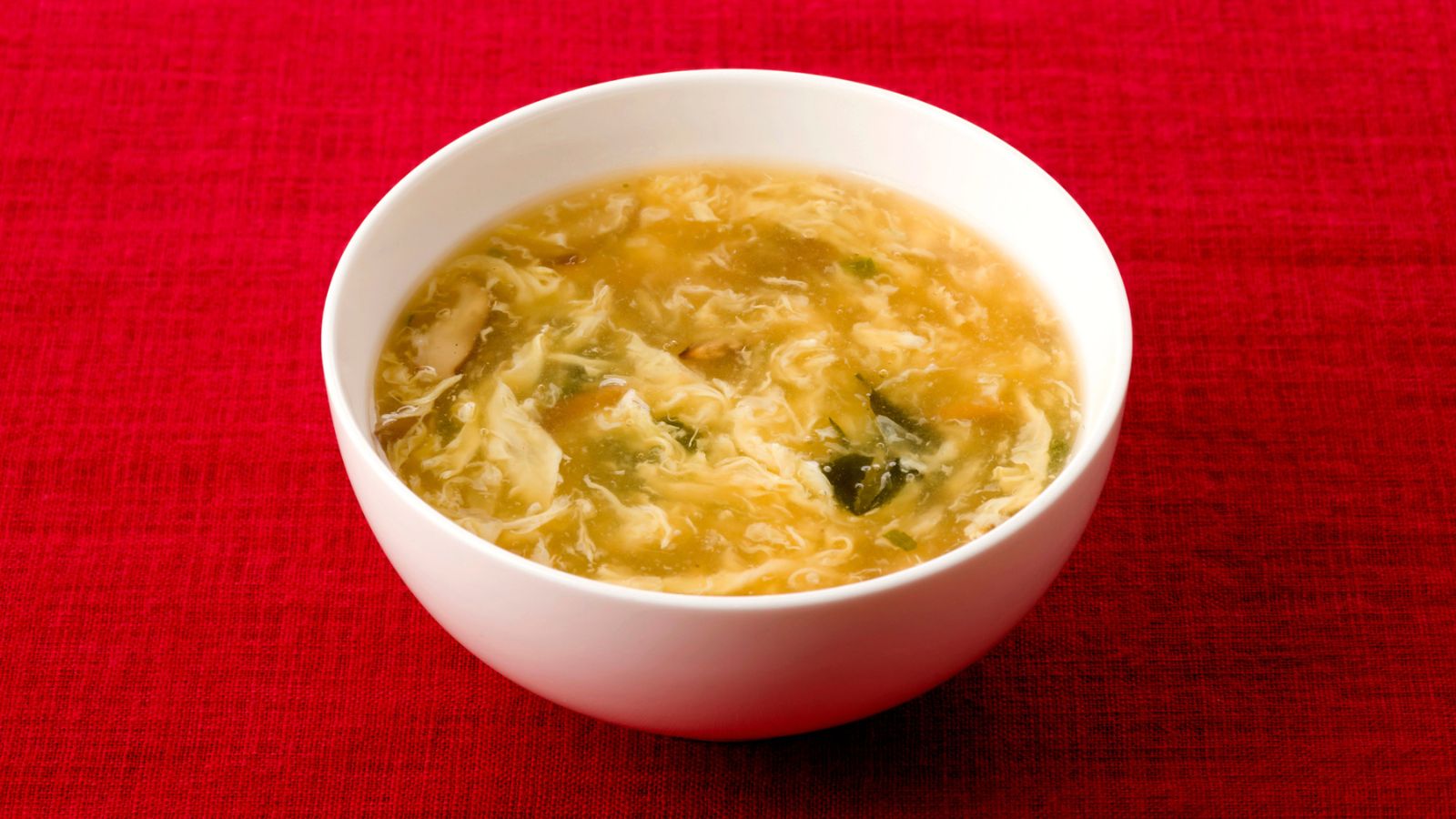
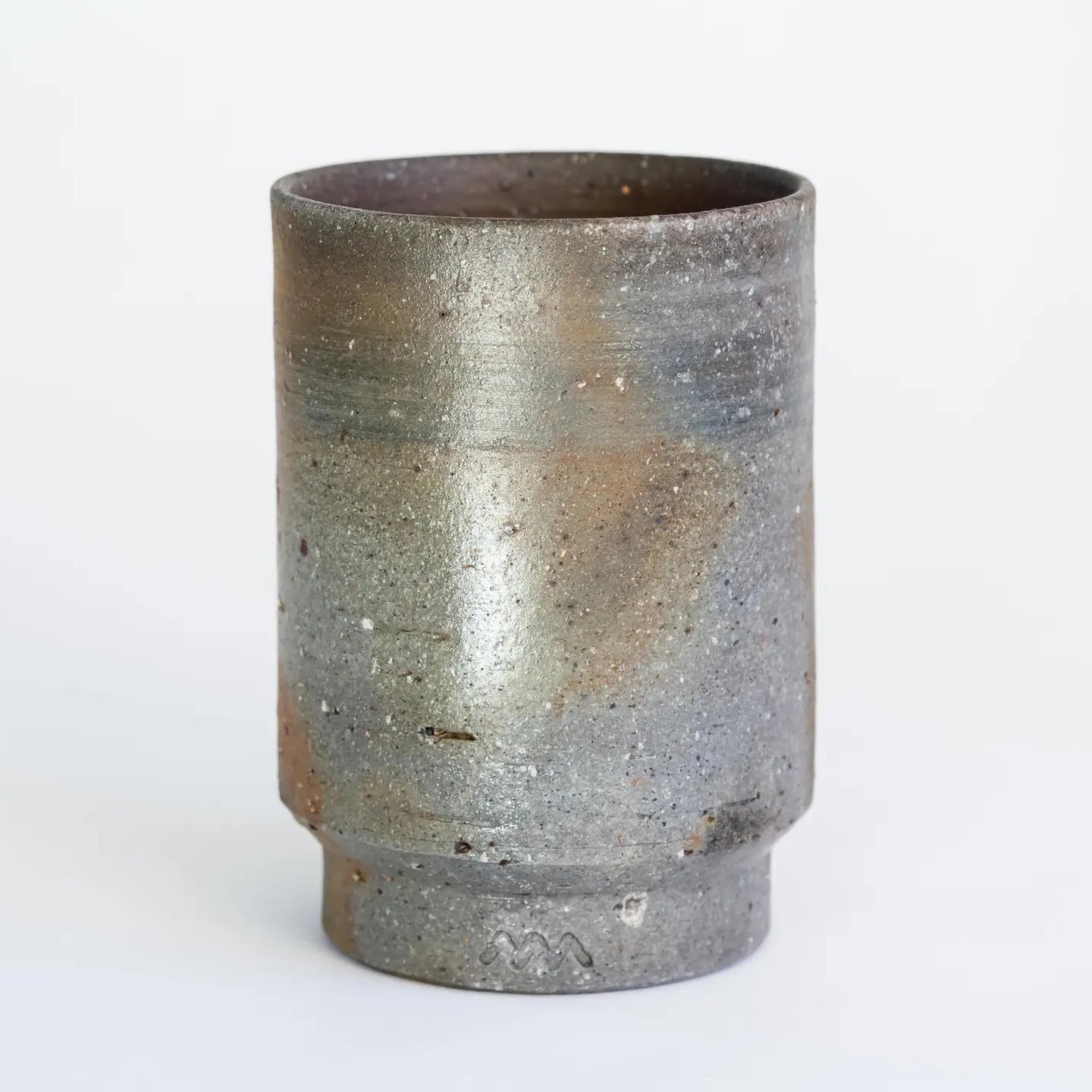
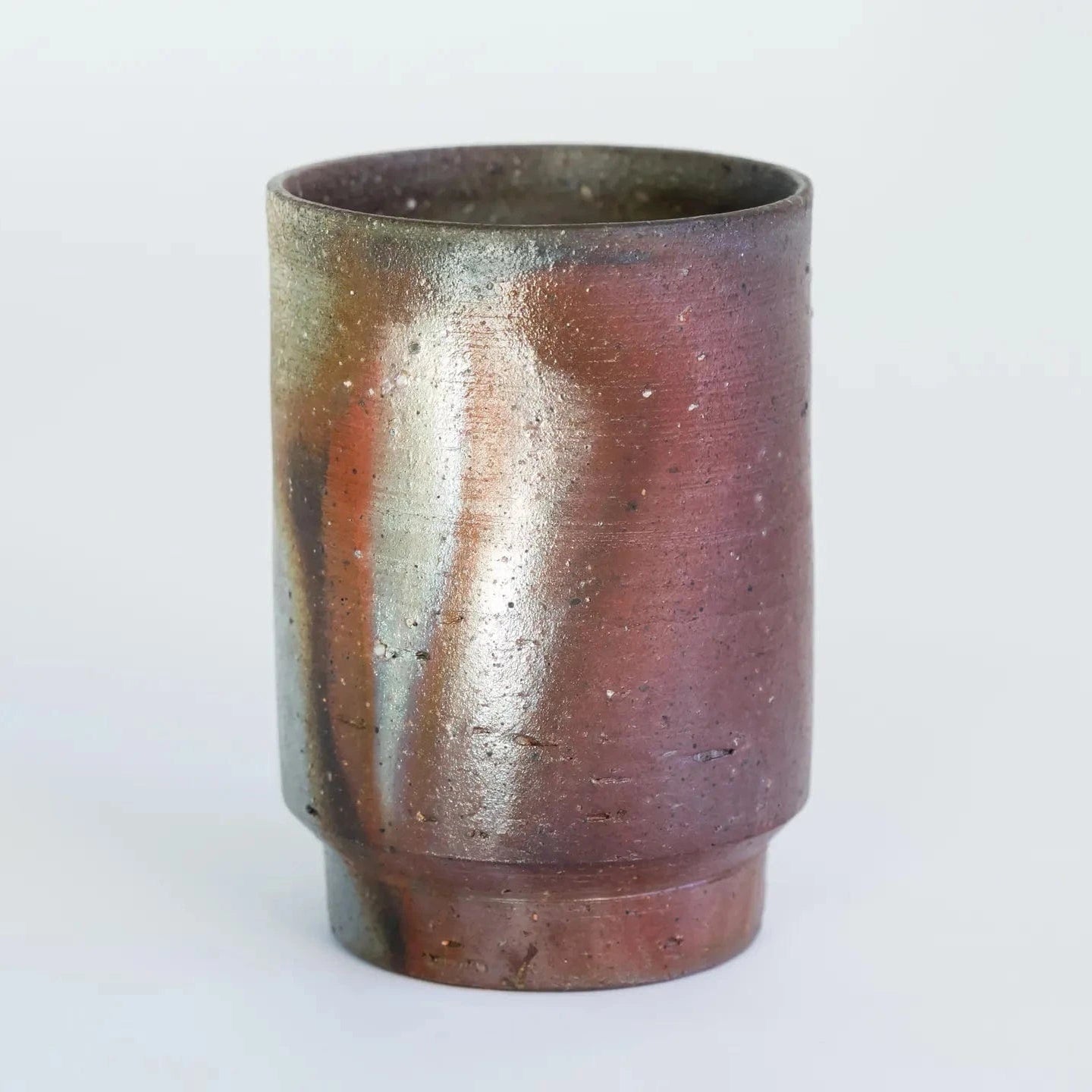
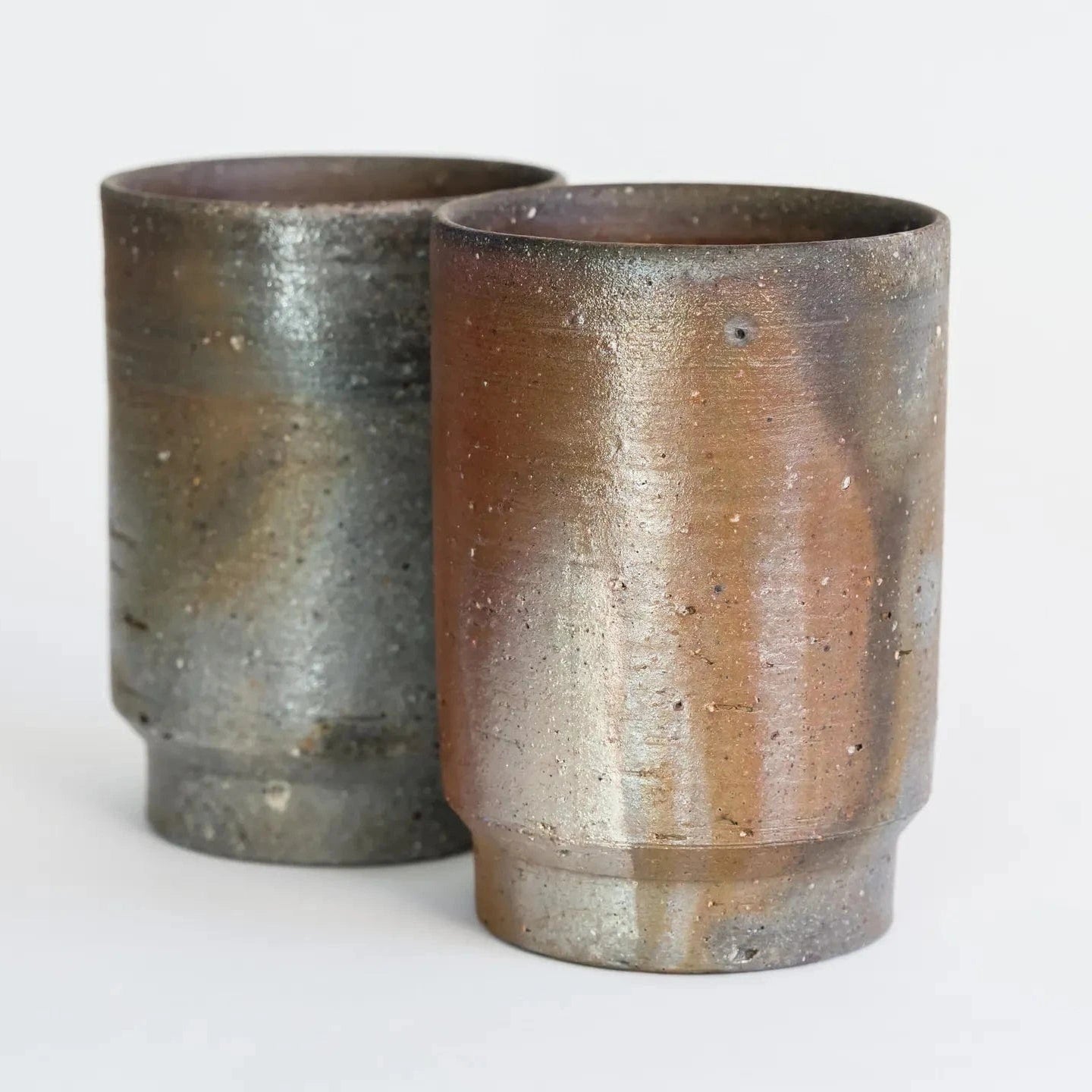
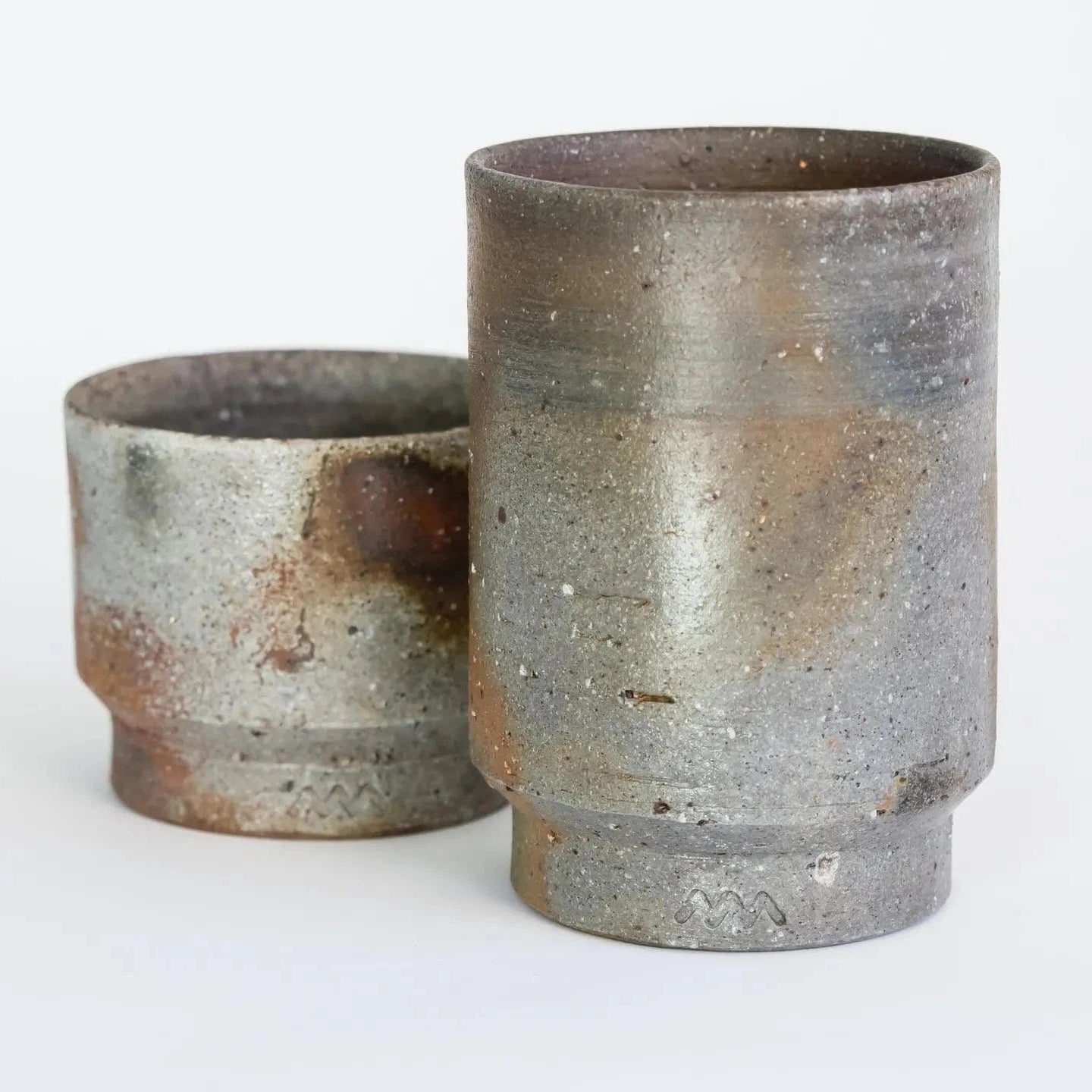
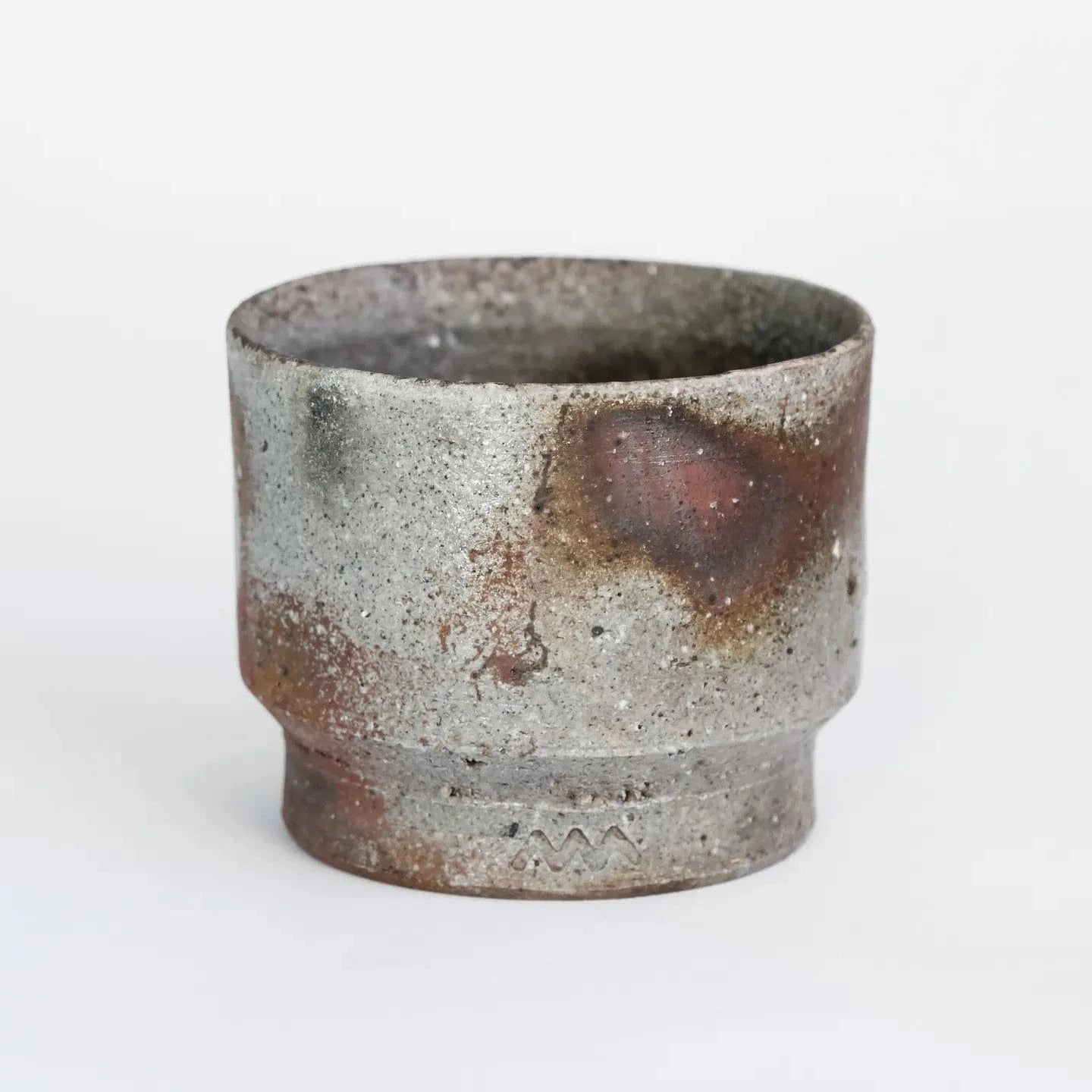
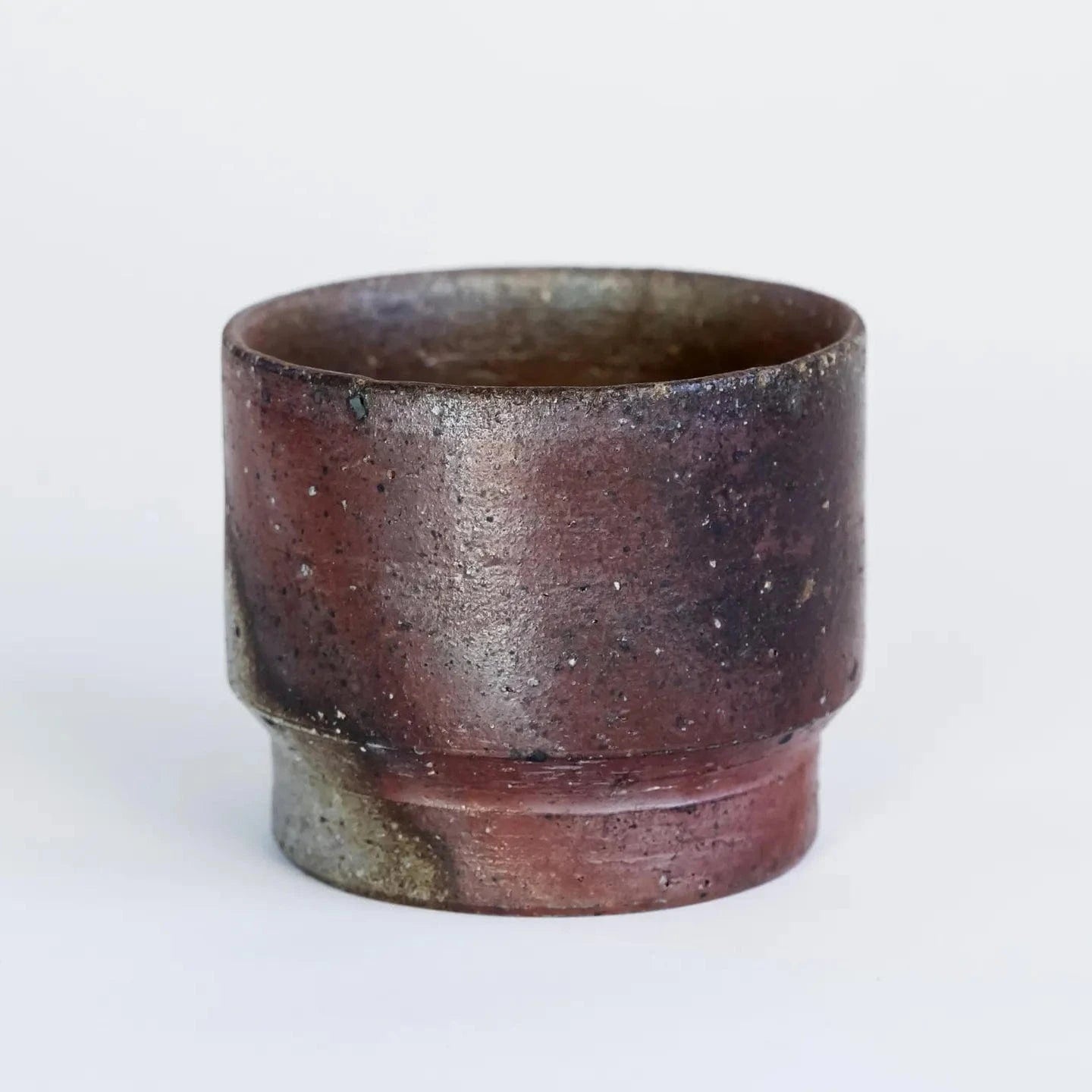

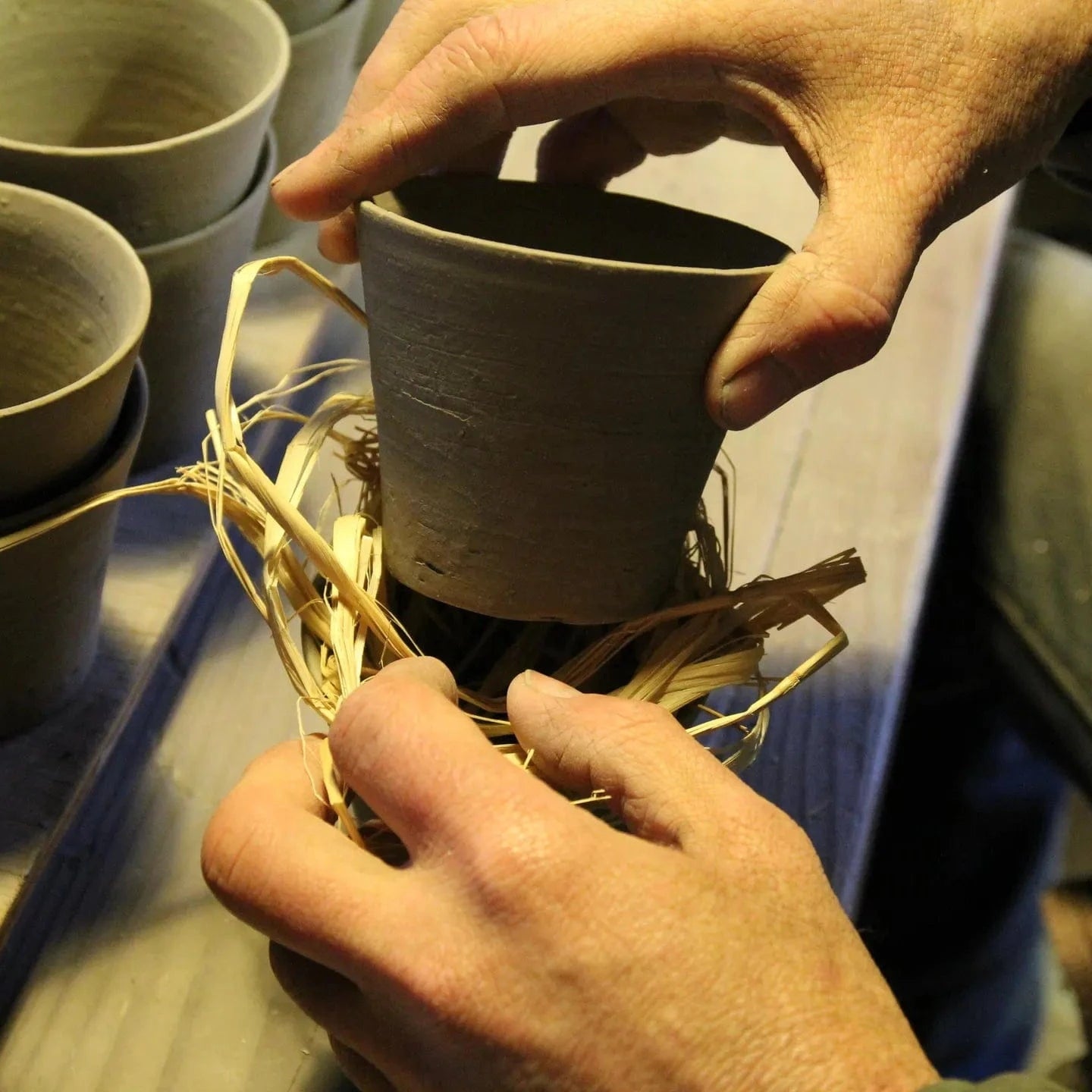
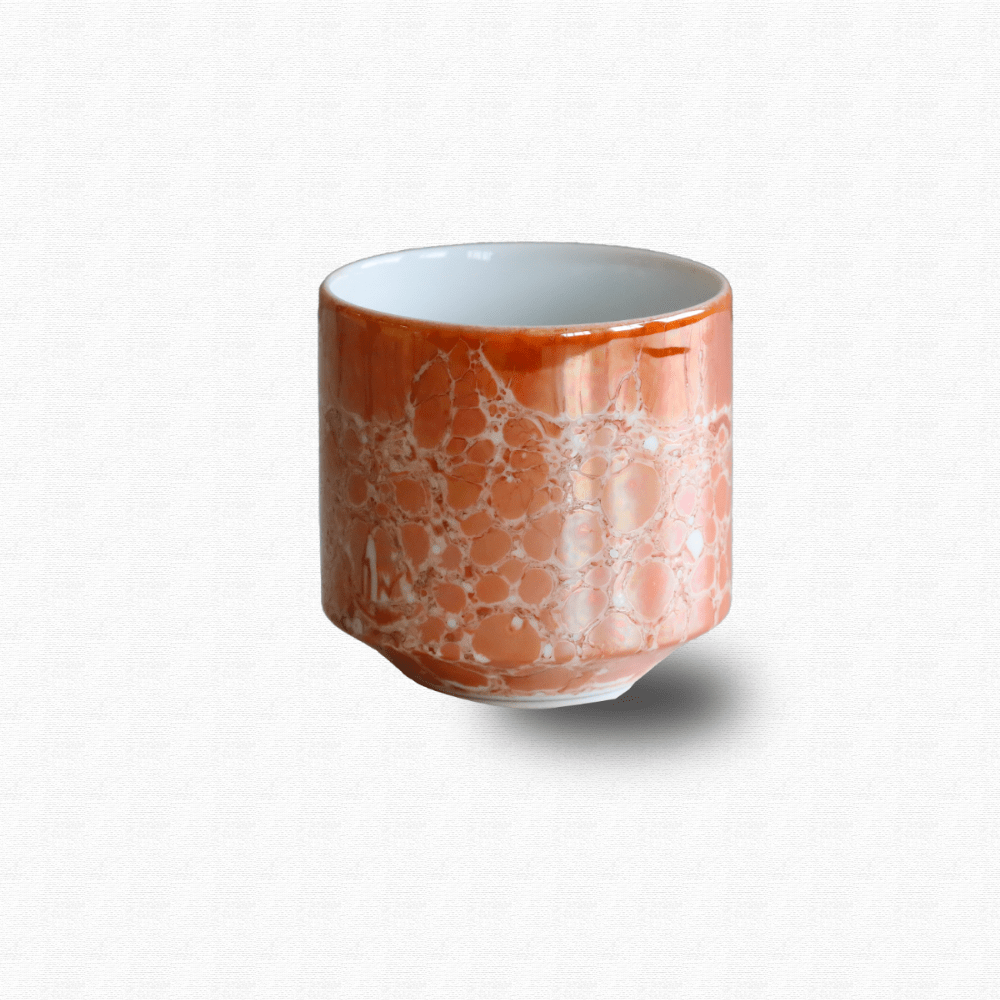

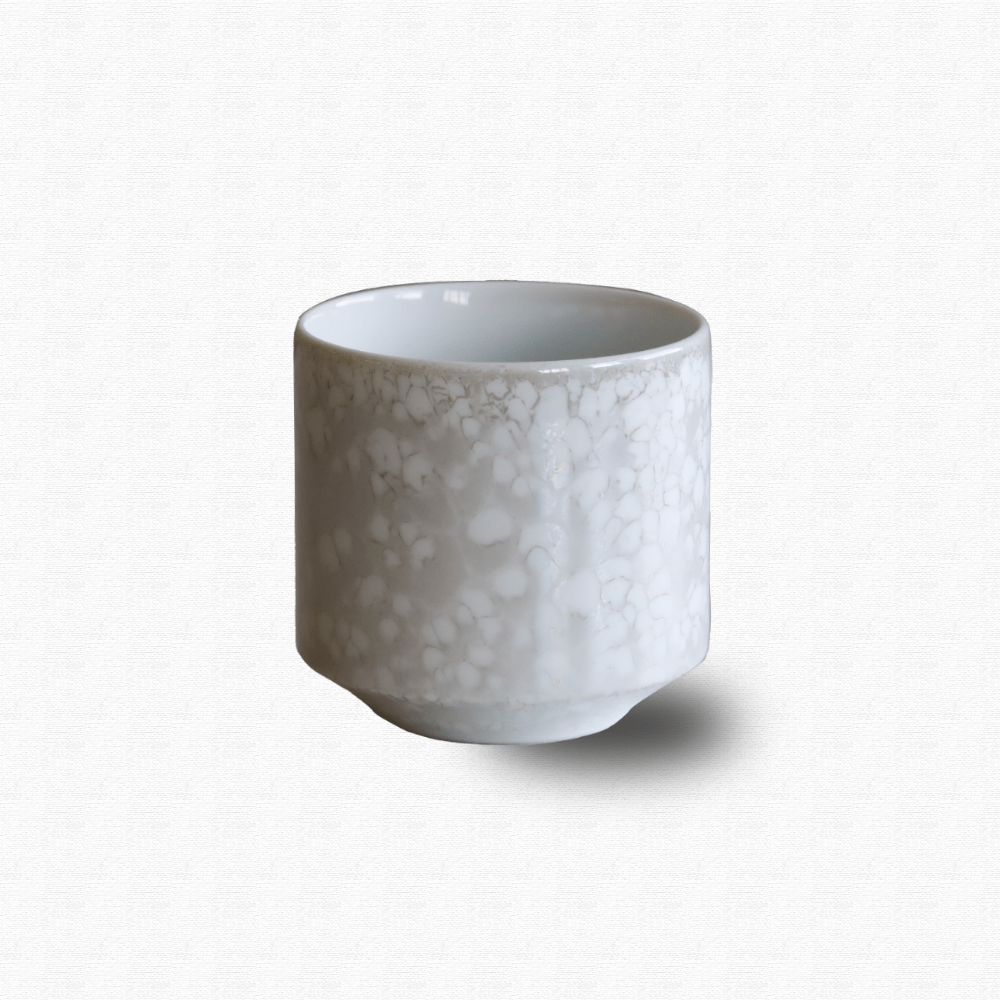
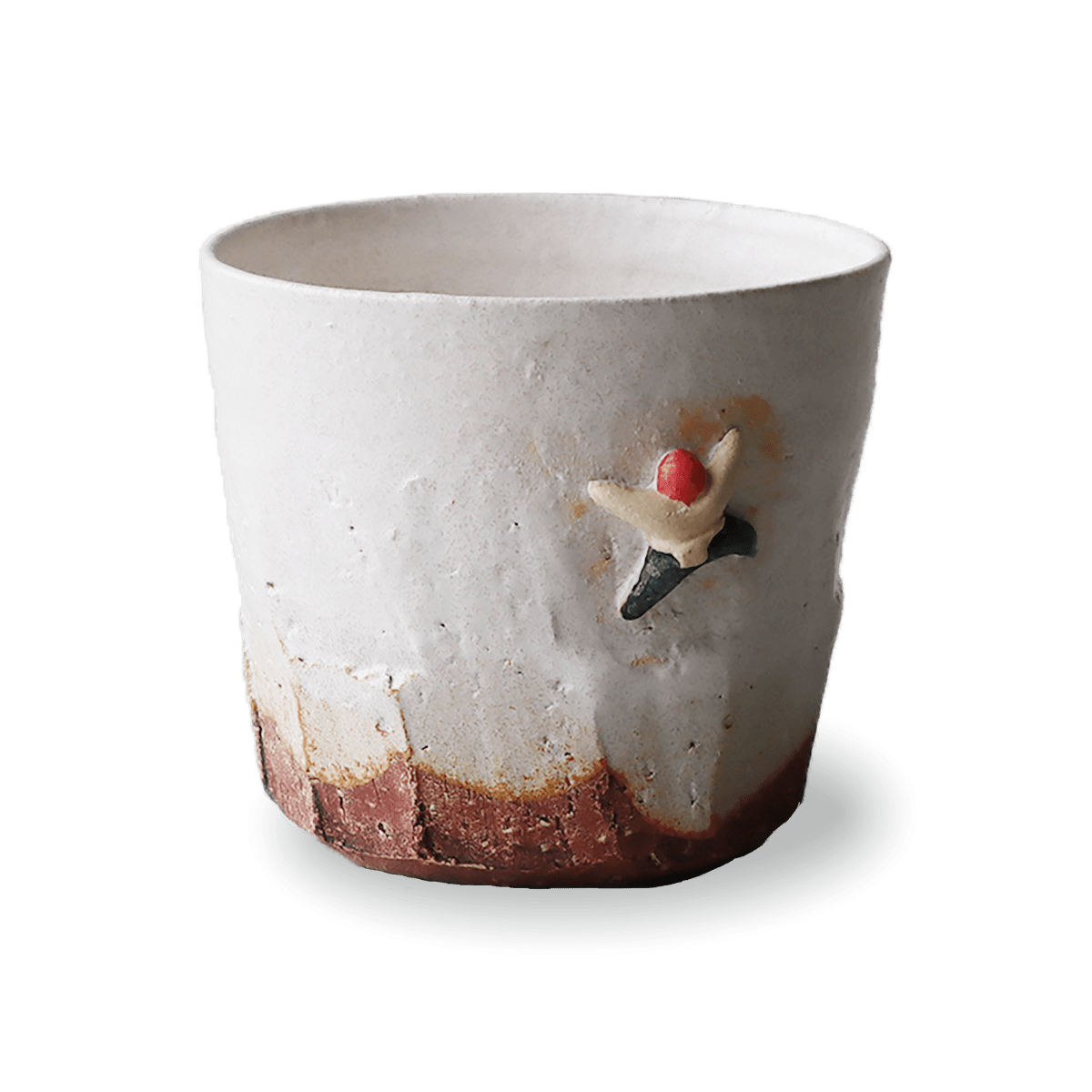
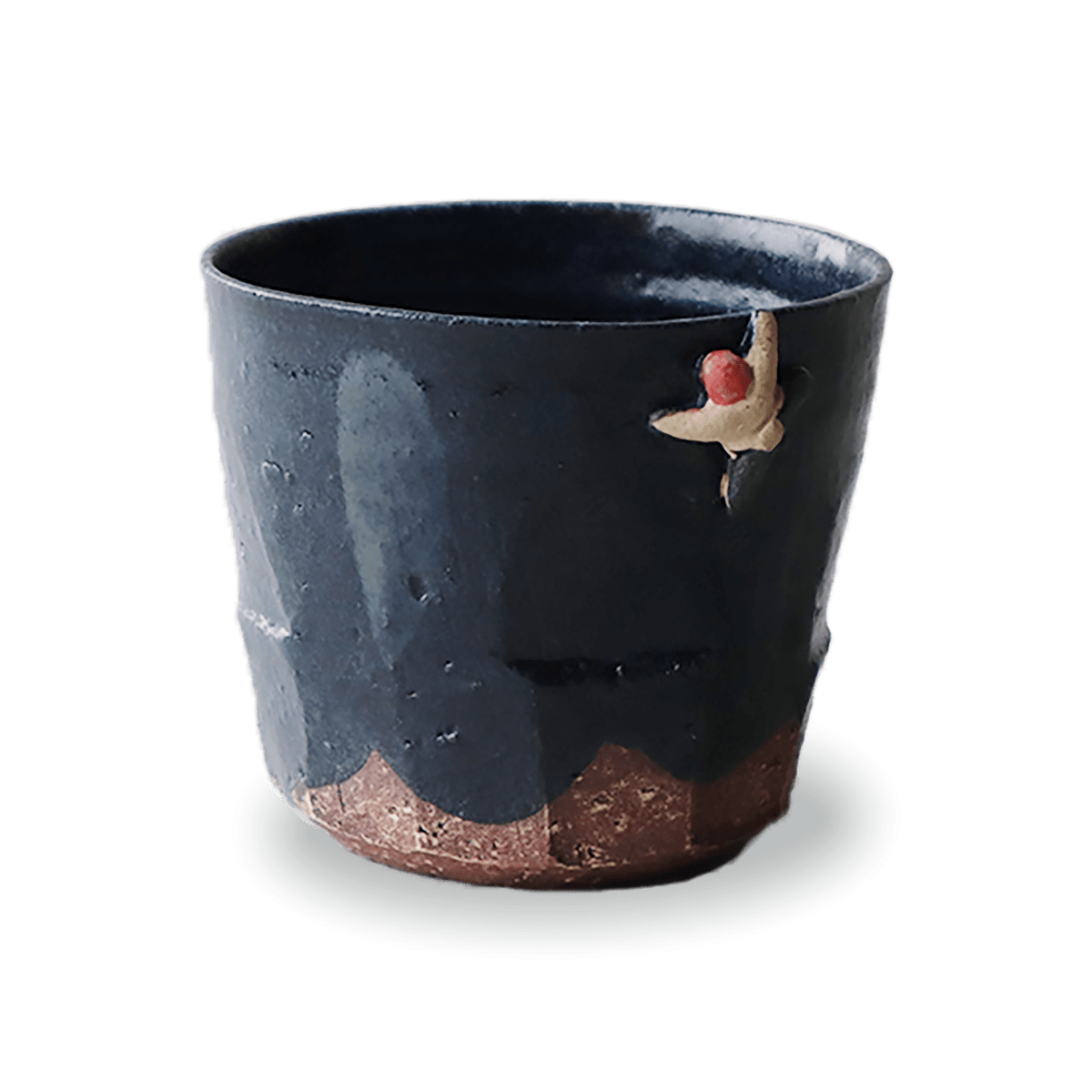
Share: